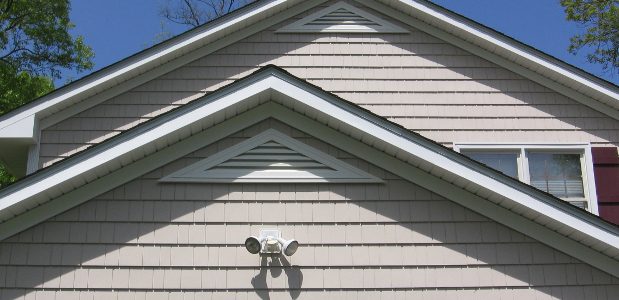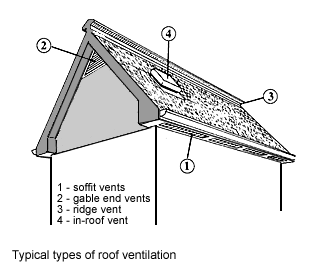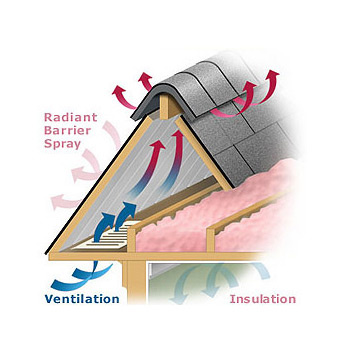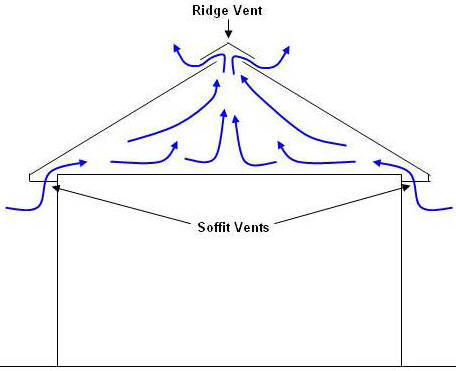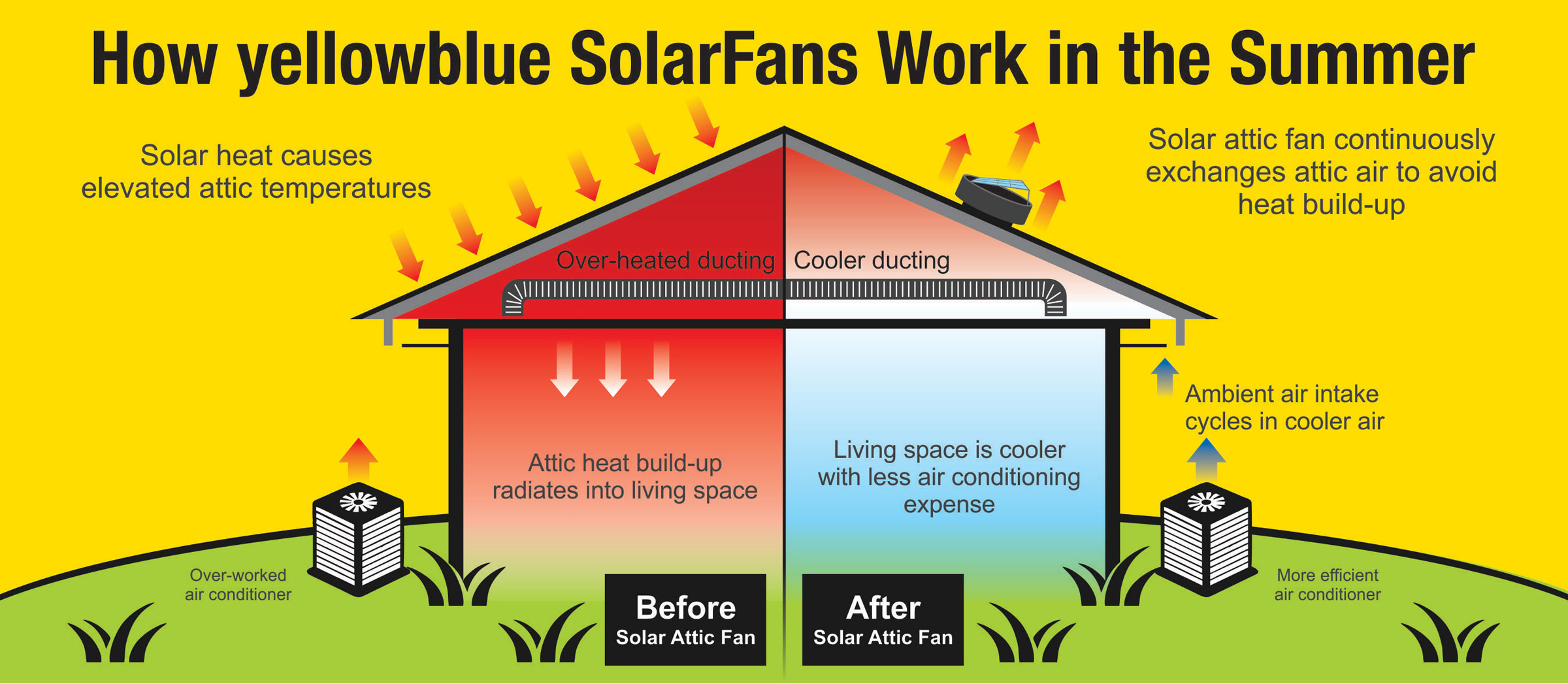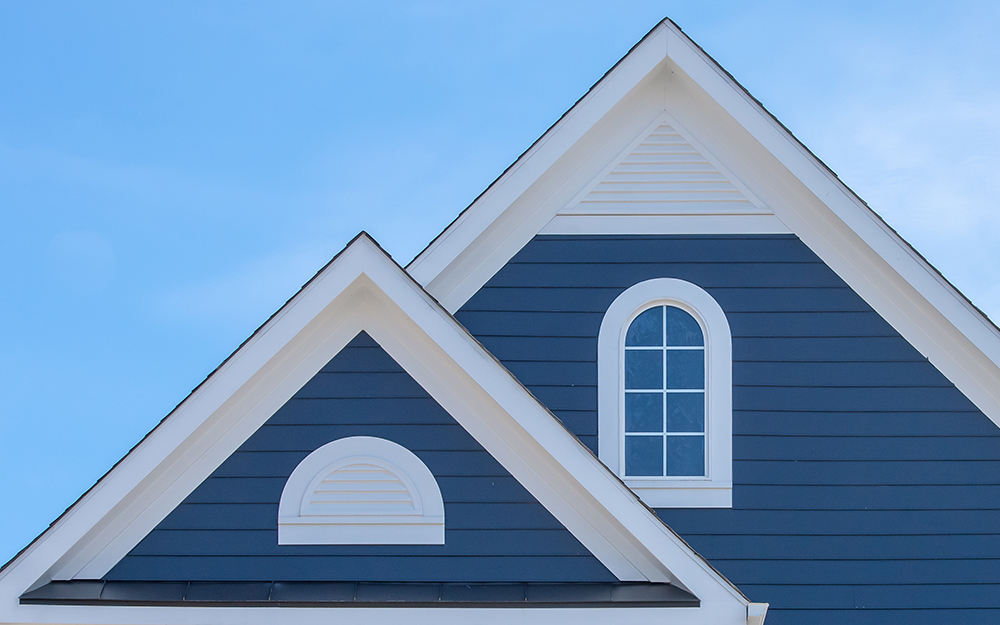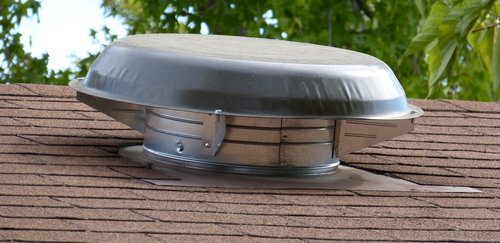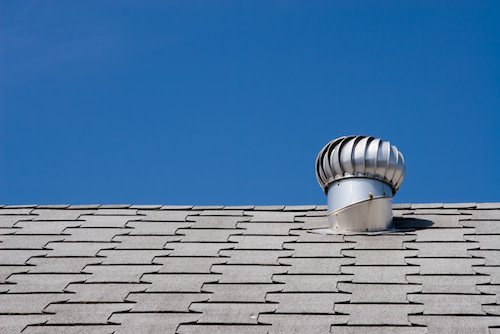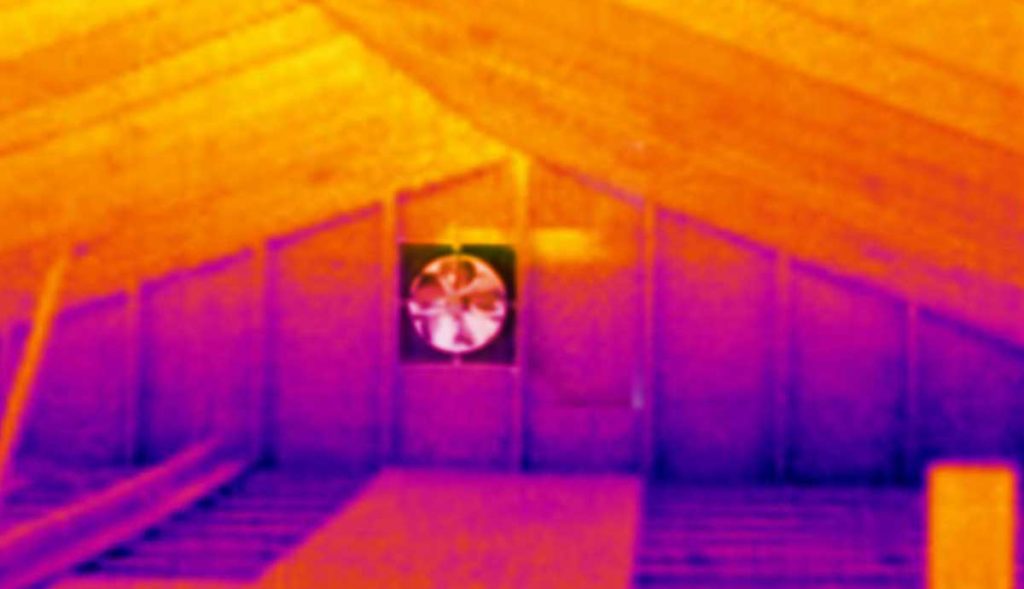In cold climates the primary purpose of attic or roof ventilation is to maintain a cold roof temperature to control ice dams created by melting snow and to vent moisture that moves from the conditioned space to the attic ventilation acts to bypass the vapour barrier created by most roof membranes.
Define attic vents.
An attic fan can be gable mounted or roof mounted.
A powered attic ventilator or attic fan is a ventilation fan which regulates the heat level of a building s attic by exhausting hot air.
These vents allow for a cross breeze through your attic blowing out the warm air and replacing it with cooler less humid air.
These vents are static vents that are placed over holes in the roof close to the roof ridge.
Unlike box vents which are square off ridge vents are usually much longer and thinner.
Intake vents located at the lowest part of the roof under the eaves allow cool.
See the benefits of attic ventilation get automatic lifetime protection on your entire gaf roofing system.
Attic ventilation works on the principle that heated air naturally rises primarily utilizing two types of vents.
5 one common code requirement is that the total area of attic vents be equal to or greater than 1 150 of the floor area of the attic with 50 percent or more of the vent area located in the upper portion of the attic.
A thermostat is used to automatically turn the fan off and on while sometimes a manual switch is used.
Gable end vents is a roof ventilation system that is placed on either side of a gable roof that assists in cooling down your attic or roof.
That said air resistance and interference such as vent grates reduces the area of true ventilation.
Also a building with a complex roof or many piercings between the conditioned area and the attic might control condensation better or more cheaply with an insulated roof and a vapor barrier.
It is a great ventilation system for your attic or roof on a budget.
Ventilation and attic vents help remove excess heat and moisture to protect your roof from premature deterioration attic ventilation 101.
Additional vents are required to draw in fresh air as the hot air is exhausted.

